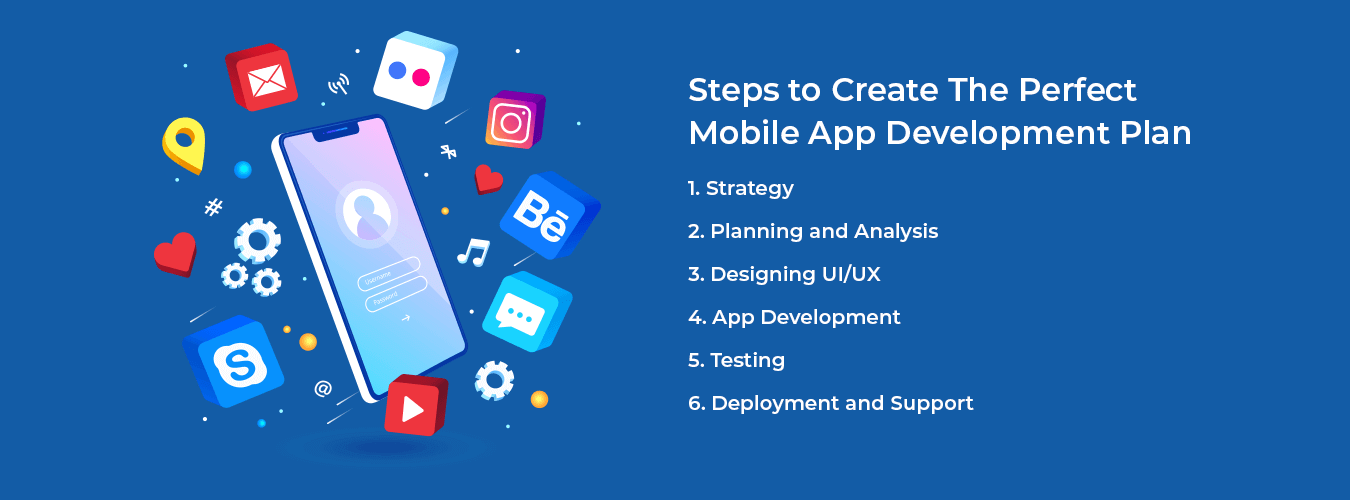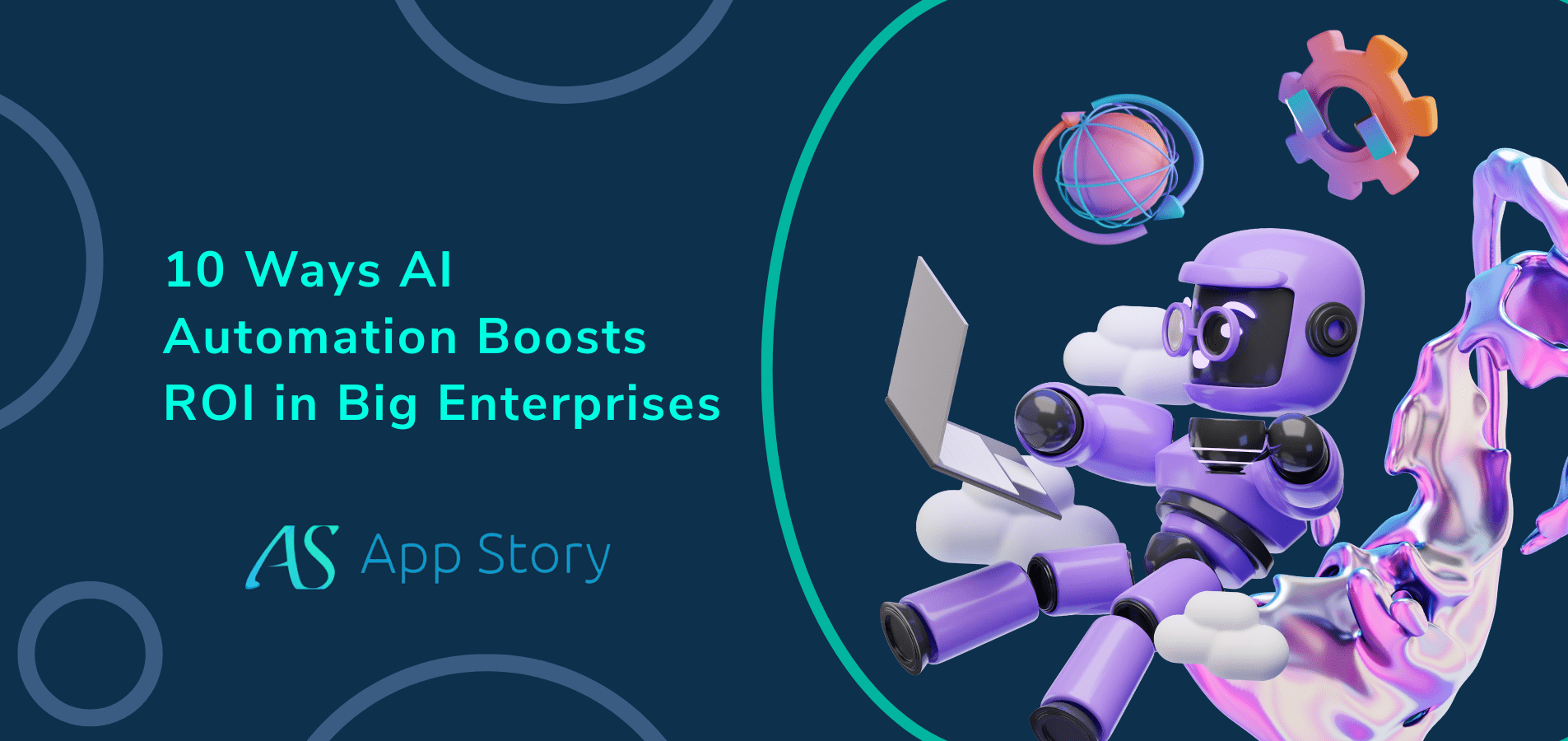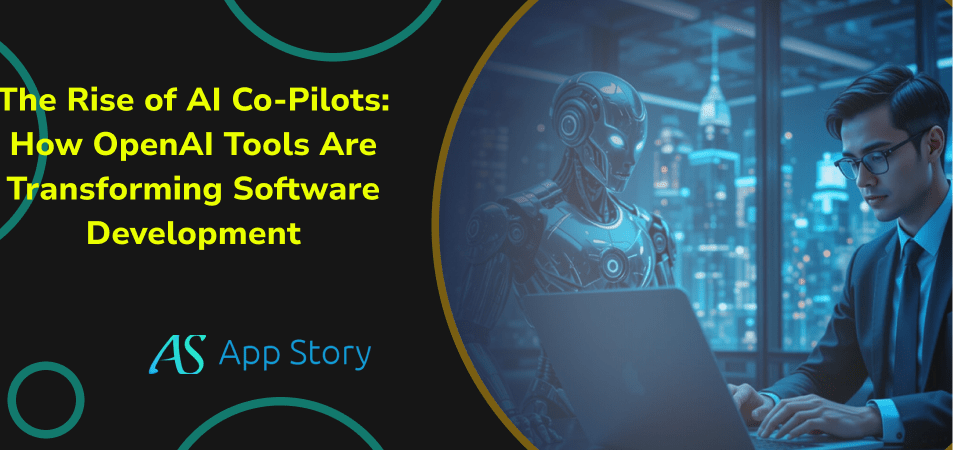With such optimistic predictions, it’s understandable why many businesses are considering mobile app development.
Concentrating on initiatives that will benefit customers and the income they may bring in, the app cost calculator focuses on providing a valuable tool for businesses. It assists companies in estimating the development costs of their desired applications, considering potential revenue generation. Moreover, it recognizes the significance of optimizing internal operations, leading to investments in business solutions that can enhance efficiency and reduce costs. As a result, the app cost calculator benefits customers and organizations by delivering accurate cost estimates and supporting streamlined development processes.
Whatever the case, you must understand how to create an app if your company wants to develop a mobile solution. Today, we will explore each stage of creating the app of your dreams and share a mobile app development guide based on our expertise. Let’s go forward.
7 Important Steps in Mobile App Development
Individual variations in the mobile app development process are possible. You’ll most likely need to complete the next seven stages, though:
- Strategy Development
- Analysis and Planning
- UI/UX Design
- App Development
- Application Testing
- Deployment
- Support and Performance Monitoring
Read on to learn more about the seven essential steps of mobile app development.
Strategy Development
Determining the strategy comes first in the process of developing an app. You need to start carefully considering your future application’s objectives, capabilities, and business model at this time.
Identify Objectives
Whether creating a consumer or business app, you should start by determining its primary goals. You may do this by responding to the following inquiries:
- What problem will my application solve?
- Who are its target users?
- What results do I want my app to achieve?
While you already have the basic concept for your app, you may not need to give these questions any thought. But it’s still a good idea to write down the main goals to constantly remember what you’re working towards.
Research Competitors
Investigating your current or future rivals is the next stage of strategic planning. Are there any applications on the market that fulfill a similar function? What are their results? Do they have a lot of installations and good reviews?
Avoid errors that may have already been made in your sector by investigating your competitors. Additionally, you’ll get insight into the existing market for comparable mobile applications and be able to decide how to set yourself apart from rivals.
Choose a Platform
You’ll also need to choose the platform for which you’ll be constructing your tool throughout the strategy planning stage of the app production procedure. Will it be an Android-specific solution? Or is an iOS app a better option? Or what you need is a cross-platform application?
It’s vital to start considering this part of the process now, even though we’ll go into more depth about the many alternatives you have later.
Select a Monetization Strategy
Finally, only those supplying a consumer application may choose the appropriate monetization strategy. If you wish to profit directly from your investment in this situation, you have several choices to consider, including:
- In-app Marketing
- App store purchases
- Subscriptions
- Affiliate Promotion
- Paid Applications
The manner of monetization relies on your objectives and the kind of application you’re creating. For instance, there are better ideas than charging for downloads if you’re creating a dating app. You’ll choose subscriptions and in-app purchases instead.
On the other hand, if you create a gaming app, you’ll use in-app advertising and in-app sales and subscriptions.
Everything is based on the goal of your application, as you can see. The subscription-based monetization model is increasing in popularity.
Analysis and Planning
Analysis and planning are the next steps to take. You already have a concept in mind, have researched it, and are headed in the right general path at this stage.
Before beginning the design and development phases, you must become practical and determine all the specifics you need.
Functional and Non-Functional Requirements
You must first be clear about the tasks you want your mobile app to execute. You could require an app for the financial sector if you’re constructing one to handle credit cards, process payments, produce account statements, and other tasks.
Your functional requirements document will include the tasks that your program must do. By doing so, you’ll better understand the features that need to be created.
After that, you should consider the software’s non-functional needs. These significantly influence the user experience and are related to the performance quality of your system.
Products Roadmap
Creating your app’s roadmap comes next. This procedure is similar to planning for the future and creating a thorough strategy for achieving your final objectives.
You want your Minimum Viable Product (MVP) to succeed and prevent problems on publication day. As a result, you make a list of everything your app should be able to accomplish as you create the product roadmap. You then rank the most important features and decide which features may be added later.
Technology Stack
Finding the talents required for your mobile project is the last step of the analysis and planning process
You will want skilled iOS developers if you’re creating an iOS application. Someone knowledgeable in multi-platform development platforms like Titanium, Xamarin, and others is required if you want to develop a cross-platform program.
So, before continuing, remember to plan out the technological stack component of your project.
UI/UX Design
An app’s design must get a great deal of consideration for users to have the optimal experience. Users will instantly swarm to rival products and stop using the tool you’ve worked so hard to develop if it turns out to be untidy or flawed. Because of this, if you want to make an app that consumers adore, you must put a lot of work into this phase.
Therefore, your UI/UX design has to be simple to use, interesting, and provide a seamless experience. Let’s keep that in mind as we look at each design aspect.
Workflows and Information Architecture
Creating guidelines for your app’s information architecture is one of the initial phases in the app design process. You must decide what information will be included in your app, how it will be presented, and how users will interact.
You will then develop process diagrams based on the above, which may be useful in tracking all potential user interactions. In essence, they allow you to observe how the navigation in your app is implemented.
Business analysts then produce digital drawings known as wireframes. These are conceptual designs that outline the functionality of your app visually.
Aesthetics and the user experience are often highlighted in wireframes. This guarantees that the final application is simple to use and seamless.
App Development
It’s time to move on to one of the most crucial phases of your mobile app development process now that the design phase is through. It typically consists of two major components: the backend and the front end.
Backend
Creating databases and server-side objects, which are in charge of your app’s performance, is part of the backend stage of app development.
Your project team will now decide on suitable programming languages and start developing the app. The hosting environment and database engines will also be chosen.
The backend phase of the mobile app development life cycle is essential and affects your app’s potential to grow.
Make sure you’re dealing with skilled software developers if you want your application to grow as your user base does. They will walk you through each significant application development stage and ensure your system is easily scaleable.
Frontend
The homepage of a mobile app is where the end user will spend most of their time. There are three main ways to put it together.
Platform-Specific
Each mobile platform has only seen the creation of these applications. The code is entirely optimized for each platform rather than being shared across iOS and Android. Although it can be more expensive, the speed and responsiveness may make it worthwhile.
Cross-Platform
Solutions created this way may operate with a single codebase across many platforms. They are not limited to a single operating system and are compatible with several. This method’s cost efficiency and code reuse are its key advantages.
Hybrid
Both platform-specific apps and web applications are included in these solutions. They let programmers create application code using standard web technologies and have it run within a native shell. They are fantastic if you need more time to design a cross-platform solution but still want your program to operate on other platforms.
Mobile App Testing
Testing should start as soon as app development is complete. After all, you want to ensure that the created solution is reliable, secure, and bug-free.
Your app should go through five different types of testing before going live for the best possible delivery.
Functionality
This is the time to examine your application’s features and ensure everything functions properly.
Performance
When doing performance testing, you must pay close attention to your app’s responsiveness and response to increased concurrent users.
Security
Data security is highly significant when developing corporate solutions, such as mobile insurance apps and healthcare applications operating in highly regulated sectors.
Consumer applications, however, also need to provide consumers with a sense of security. So ensure your software complies with all security requirements and that your system is secure before proceeding to the next testing phase.
Device and Platform
Your application has to be up to date on compatibility, given the annual release of new mobile devices and the monthly operating system updates. Therefore, it has to be evaluated using various tools or simulators.
Extended Review
Testing your application with its real end-users before deploying is a good idea. The important thing is to get as much input as possible, whether you set up a focus group or launch your software as a beta.
Deployment
When you’re ready to share your app, you’ll have to go through a few different steps depending on the platform you were making it for.
The process for putting mobile apps to use is pretty simple. Send your software to the Google Play Store or Apple App Store or choose a private release.
Must send your application and fill out different forms for both shops. Should know that the App Store is thought to be much more picky about the apps it lets into its store. You might need help if your iOS-based tool meets the highest standards.
Support and Performance Monitoring
It’s time to don your analytical hat and track performance after your software is officially up and consumers slowly install it. Please don’t skimp on this process; it may take longer than developing the program itself and has to be handled continuously.
The following are some of the most crucial KPIs to consider:
- Apps Downloads
- Active Customers
- Average visit Time
- Retention
- Conversions
- Customer lifetime value
- Ratings
- Reviews
Remember to record information on program performance overall, crashes, bugs, and user requests. You can improve your solution over time if you do that.
Conclusion
Overall, it’s crucial to remember that development continues even after your app has been released. In actuality, it has just begun.
Mobile applications must be updated often to stay up with the most recent operating system upgrades, review standards, and performance requirements. Otherwise, you’ve spent money on a solution that will only last for a while.
Therefore, if you want your application worthwhile, you must consider that it will need ongoing maintenance. Whether you decide to sustain it yourself or with a mobile app development company in NYC is entirely up to you.






 United States
United States United Kingdom
United Kingdom India
India Canada
Canada Singapore
Singapore















![10 Benefits of the Internet of Things You Should Know [2025]](https://www.appstory.org/wp-content/uploads/2025/03/ATS-10-Benefits-of-the-Internet-of-Things-You-Should-Know-2025@2x-80x60.png)




















